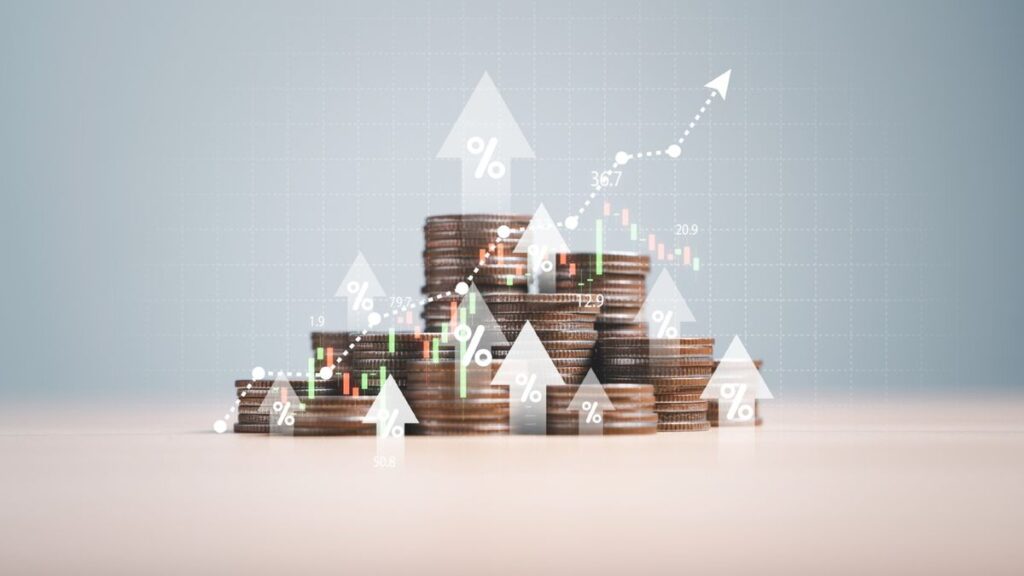Chancellor Rachel Reeves has changed the way the national debt is calculated as part of efforts to balance the books in her first budget.
This comes as the country’s national debt has reached £2.7bn, according to The Office for National Statistics – and there are warnings that it could get worse.
Director of fiscal affairs at the International Monetary Fund Vitor Gaspar said Sky News ahead of the budget that the level of the UK’s national debt is “high, rising and dangerous”.
Subscribe to WEEK
Escape your echo chamber. Get the facts behind the news, plus analysis from multiple perspectives.
SUBSCRIBE and SAVE
Sign up for Free Weekly Newsletters
From our morning news roundup to a weekly newsletter of good news, get the best of the week delivered straight to your inbox.
From our morning news roundup to a weekly newsletter of good news, get the best of the week delivered straight to your inbox.
He said public investment is needed to boost growth and avoid allowing borrowing to “grow well above pre-COVID levels”.
What is the national debt?
Most of the government’s income comes from taxes.
Governments can also borrow money from each other and investors such as pension funds to fill gaps between their income and spending, it said. World Economic Forum“because increasing taxes is difficult politically”.
A government can borrow money, he said BBC Newsso it can pay for big projects like new railways and roads to “grow the economy”.
The national debt is total borrowing that has been “built up over years,” the news website added.
The figure gives voters a sense of how much the government is “pushing costs onto future taxpayers”, it said Institute of Governancewhile investors get an idea of whether the state can afford to pay back the money they lend.
How is the national debt measured?
There are different ways that different countries measure national debt.
The UK measures it against national income or gross domestic product.
According to Office for Budget Responsibilitythe national debt figure will be equal to 98.8% of national income for 2024/2025, “equivalent to around £96,000 per household”.
But it could reach more than 270% over the next 50 years, the OBR warned, due to “pressures from an aging population, the climate crisis and security risks”.
The Labor manifesto pledged that its day-to-day costs would be met by revenue, while debt should fall as a share of the economy “by the fifth year of the economic forecast”.
But Reeves has made a “technical change in the way we measure debt,” he said Money week“to allow the government to pay for additional investment”.
She wrote in Financial Times (FT) that the change will “create space for increased investment in the fabric of our economy”.
The change could give the chancellor “room to borrow” an extra £50bn a year until the end of the decade, the FT added, and “still have falling debts”.
Reeves said ITV News that the investment rule change “will take into account our assets not just investment costs”.
What does the national debt mean for your finances?
The chancellor’s commitment that public debt must fall – relative to the size of the UK economy – gives her a problem, said Paul Johnson, director of the Institute for Fiscal Studies at The Times.
It will only be able to achieve this by “raising taxes or squeezing spending”, which is why it has called for a new debt measure.
The extra money generated by the new calculation method is expected to go towards construction projects such as roads and railways, MoneyWeek added, but tax increases and spending cuts are still expected.
Higher debt levels may not be good news for everyone.
Former chancellor Jeremy Hunt warned that increased borrowing “could mean interest rates are going to be higher for longer”.
He said on the social networking site Xthat this would “punish families with mortgages”.
Gilt yields – the amount of interest the government pays on its debt based on how risky its creditors believe it is – has already risen in recent days and Mr Hunt added that “markets are watching”.
